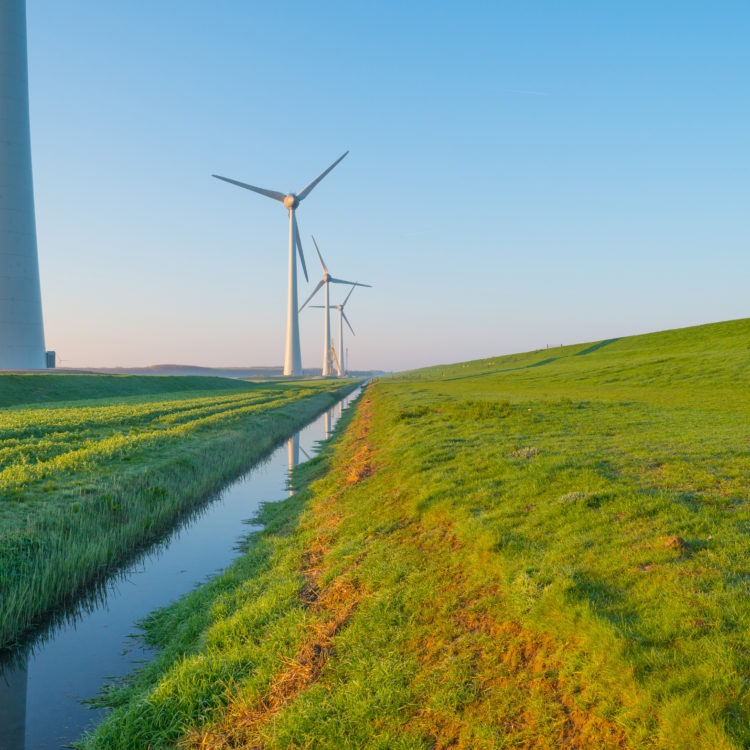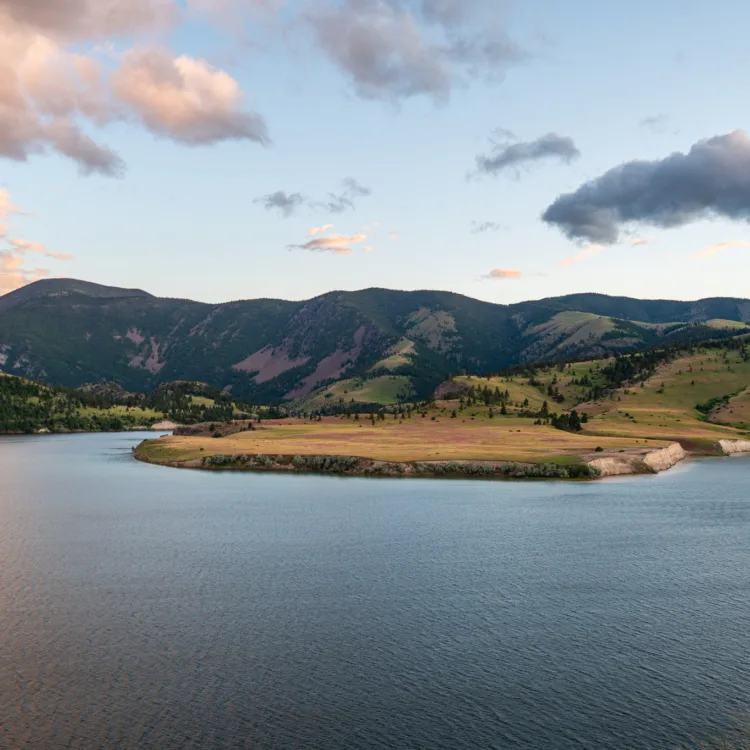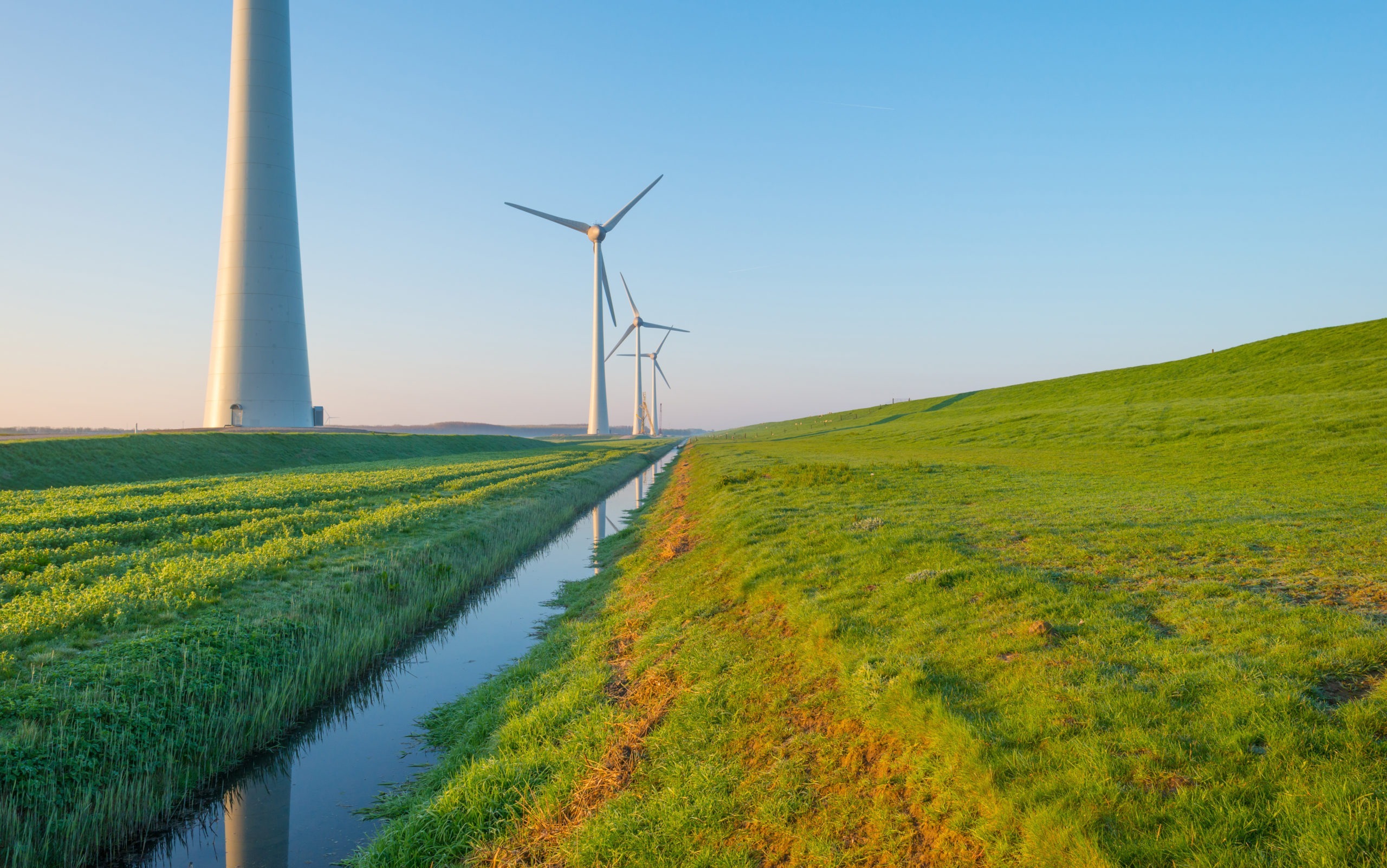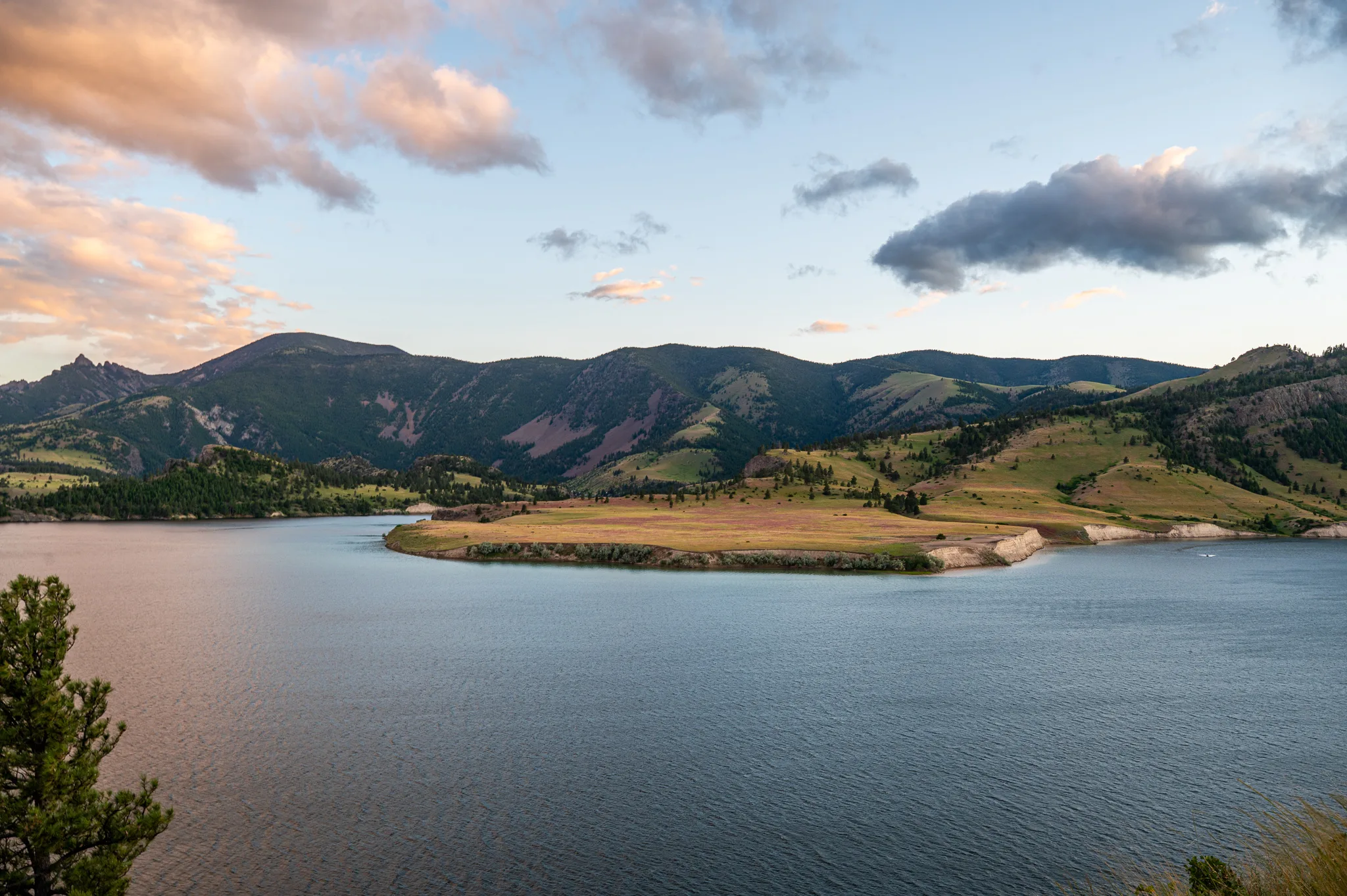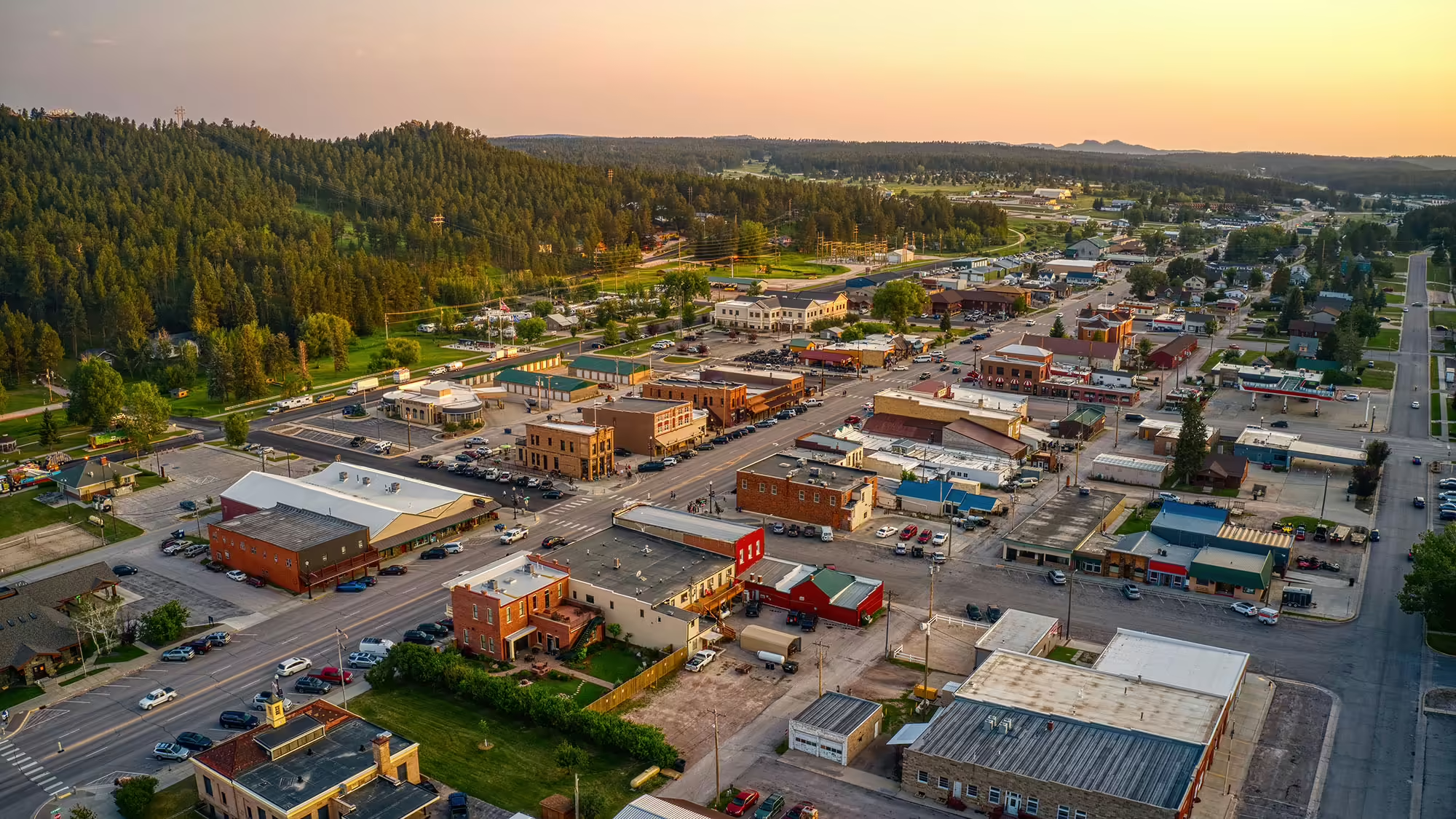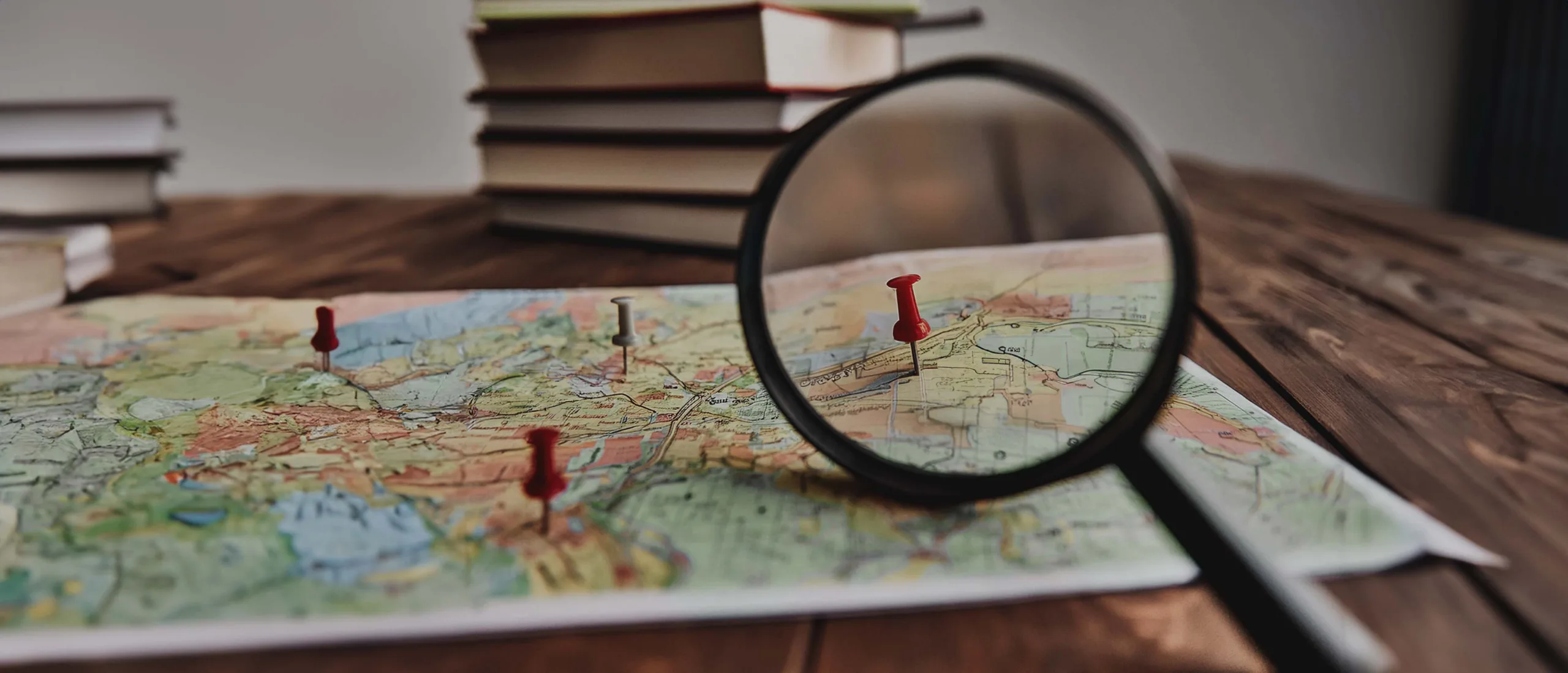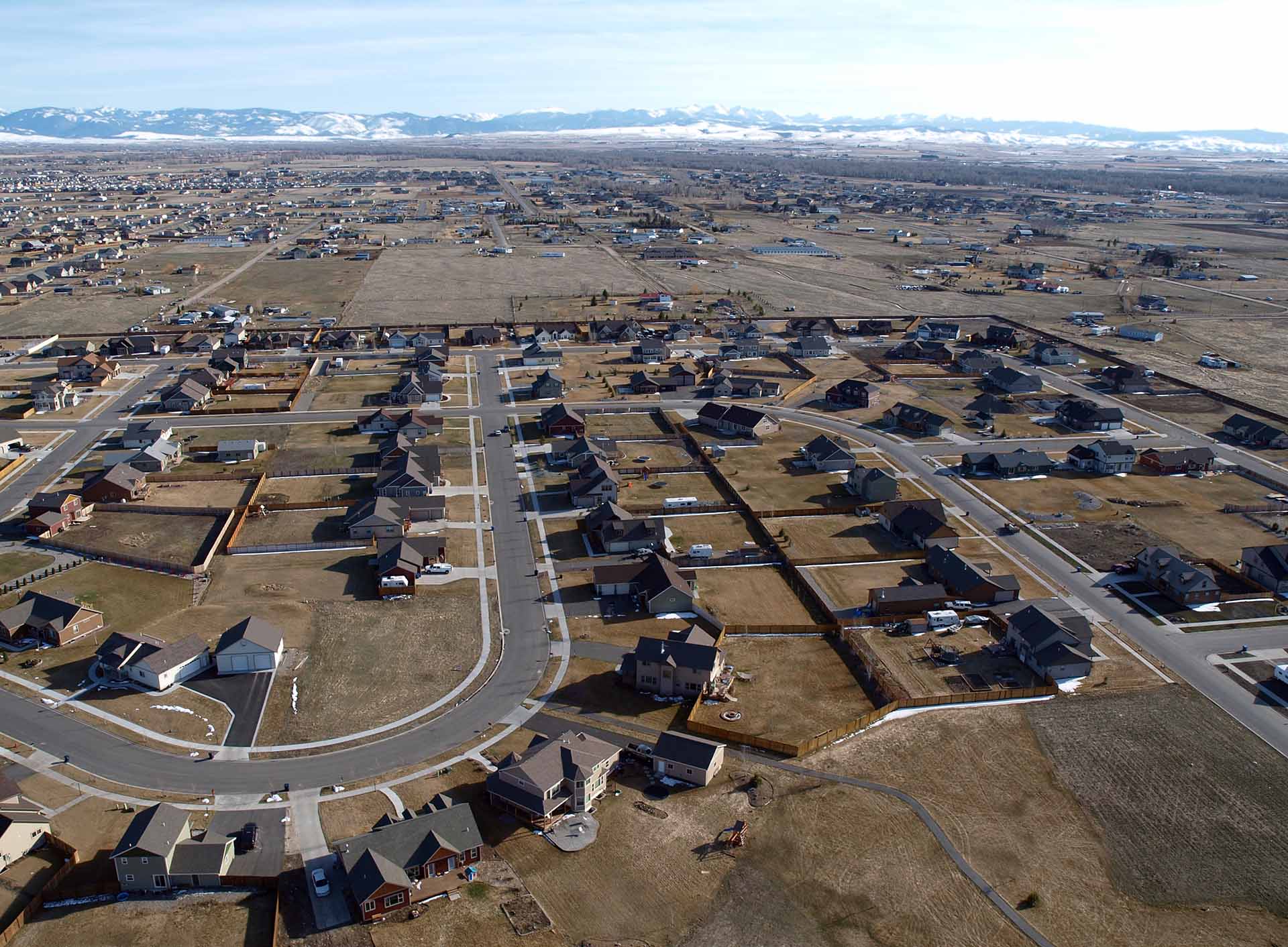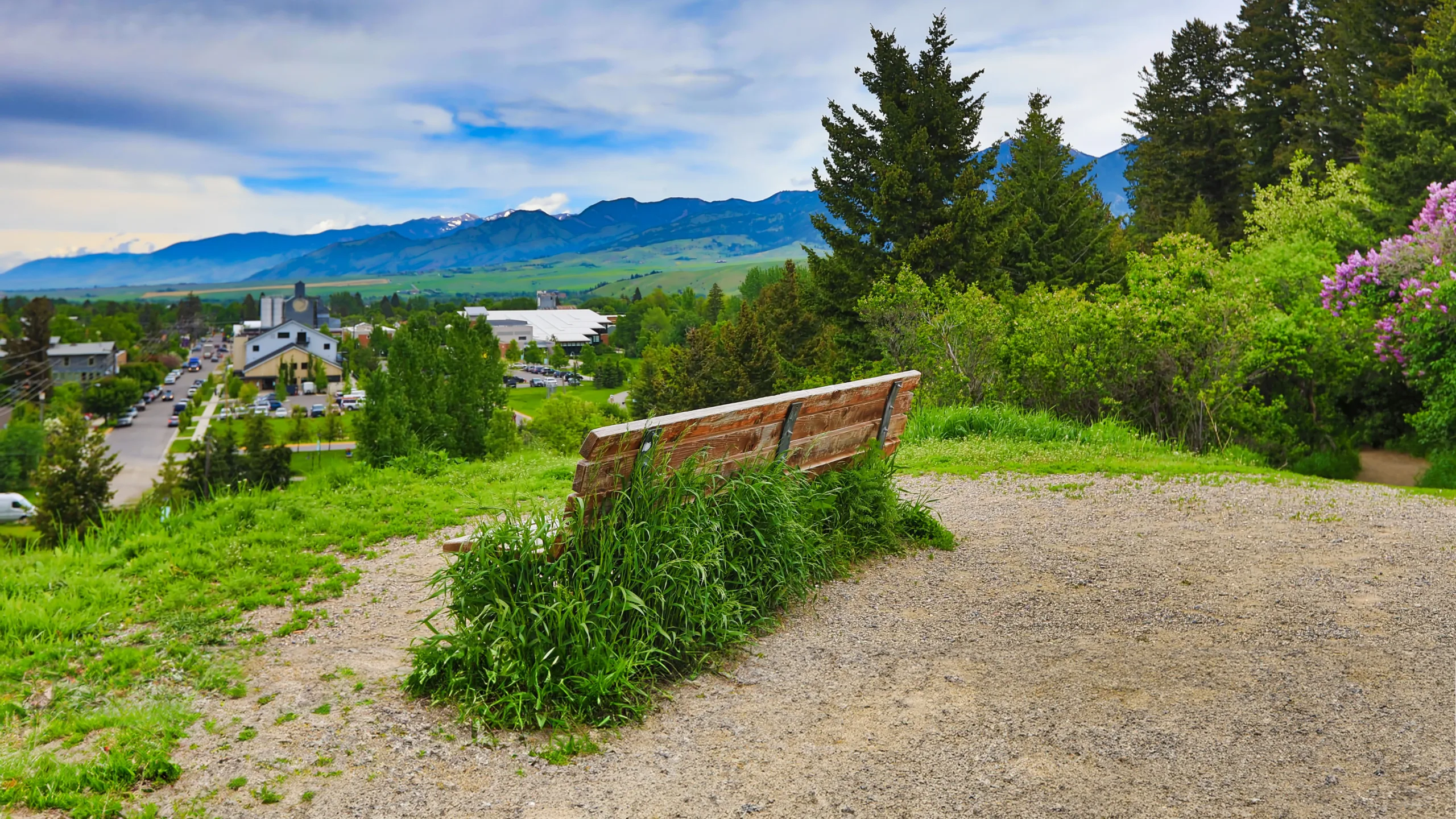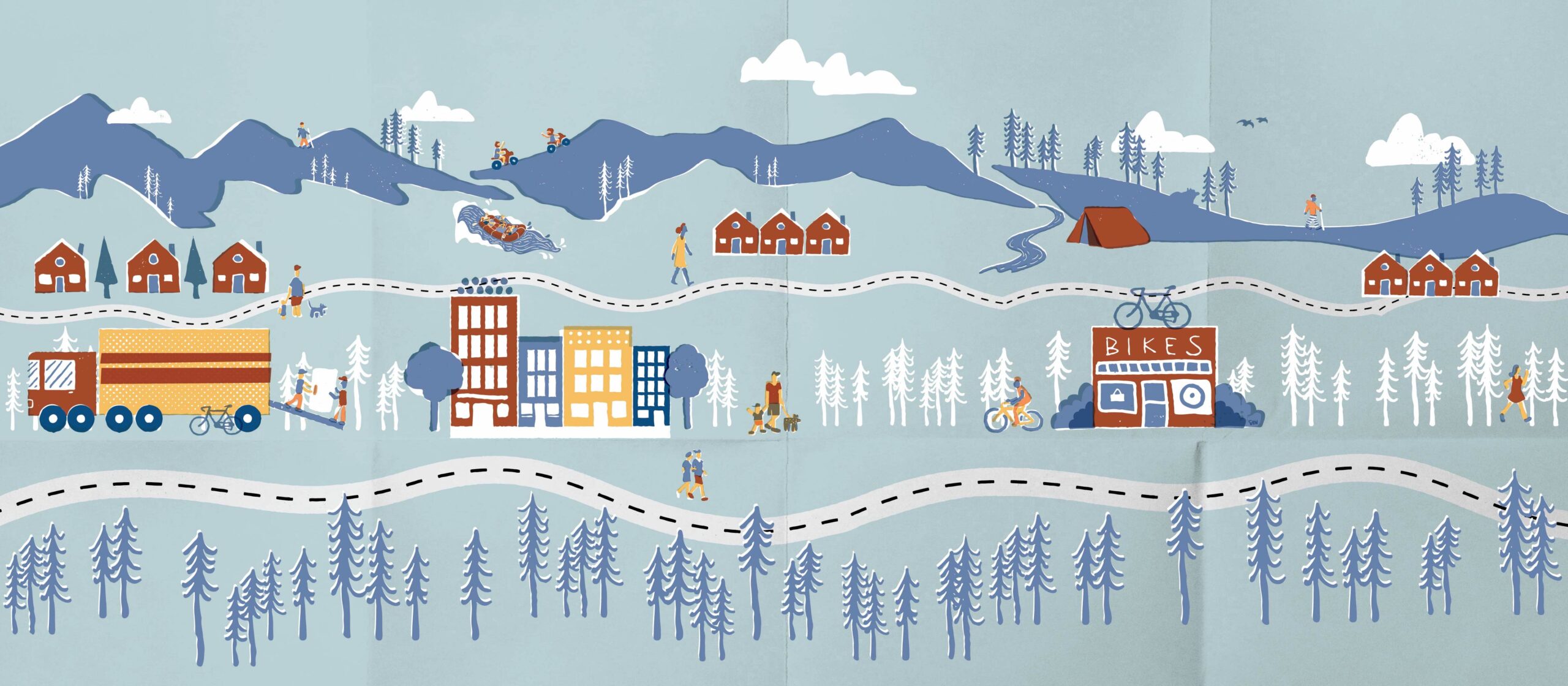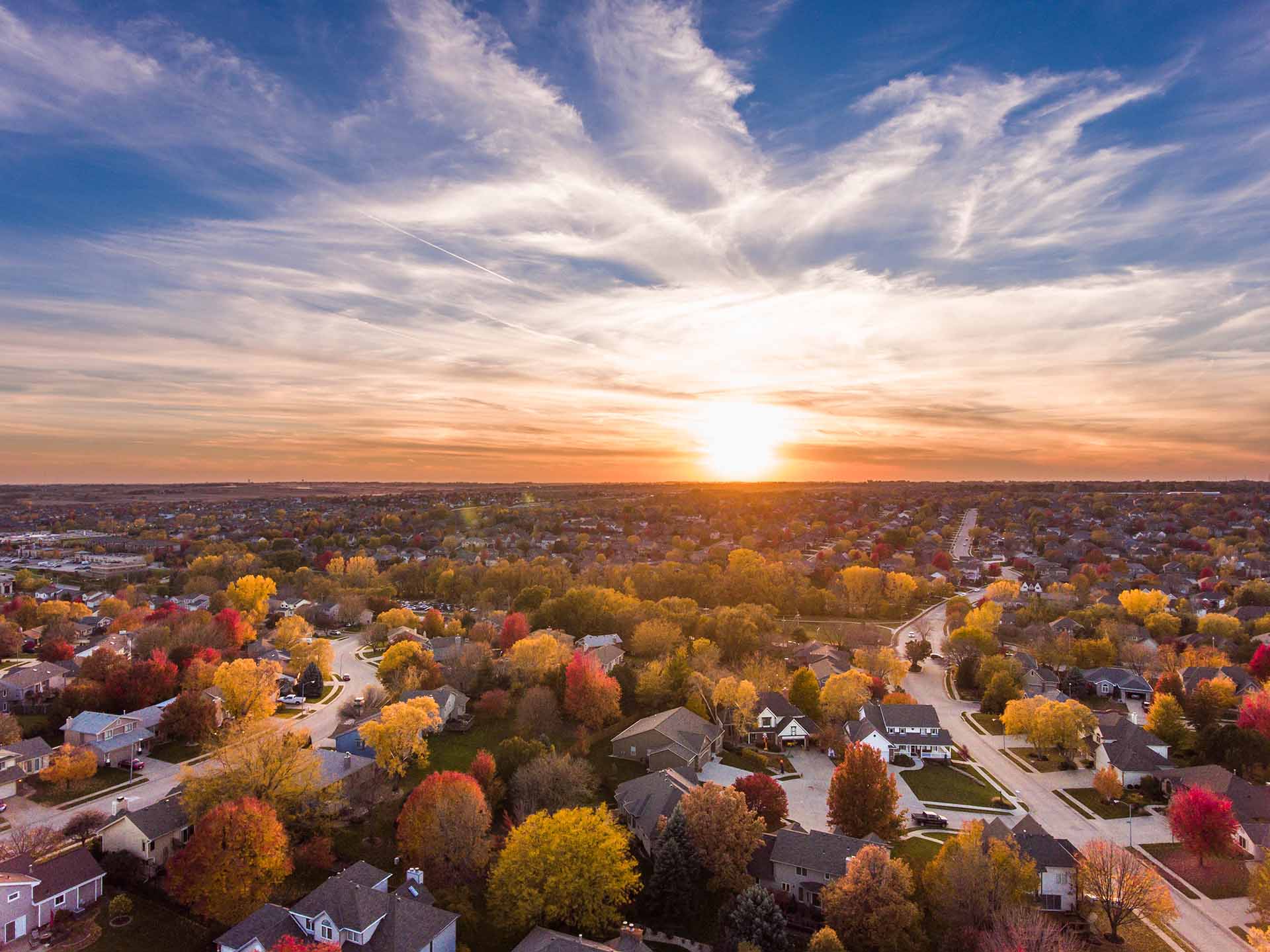
Rural Economy
Rural places play a significant role in the national economy, yet they often face unique challenges due to resource limitations. Our research helps communities make well-informed, data-driven decisions that can position their economies for long-term success.
Featured research
How rural communities can ensure development projects deliver local benefits
Seventy percent of rural communities with high economic output are losing population, but rural leaders can use Community Benefit Agreements to ensure development leads to lasting local value.
Montana Community Foundation leverages data to reach more rural and Tribal communities
Using resources such as the Rural Capacity Index, the Montana Community Foundation was able to direct more grant dollars to rural, disadvantaged communities.
Federal climate vulnerability maps overlook low-capacity communities
Federal maps designed to identify “at-risk and in-need” communities have failed to identify those at the lower end of the capacity spectrum.
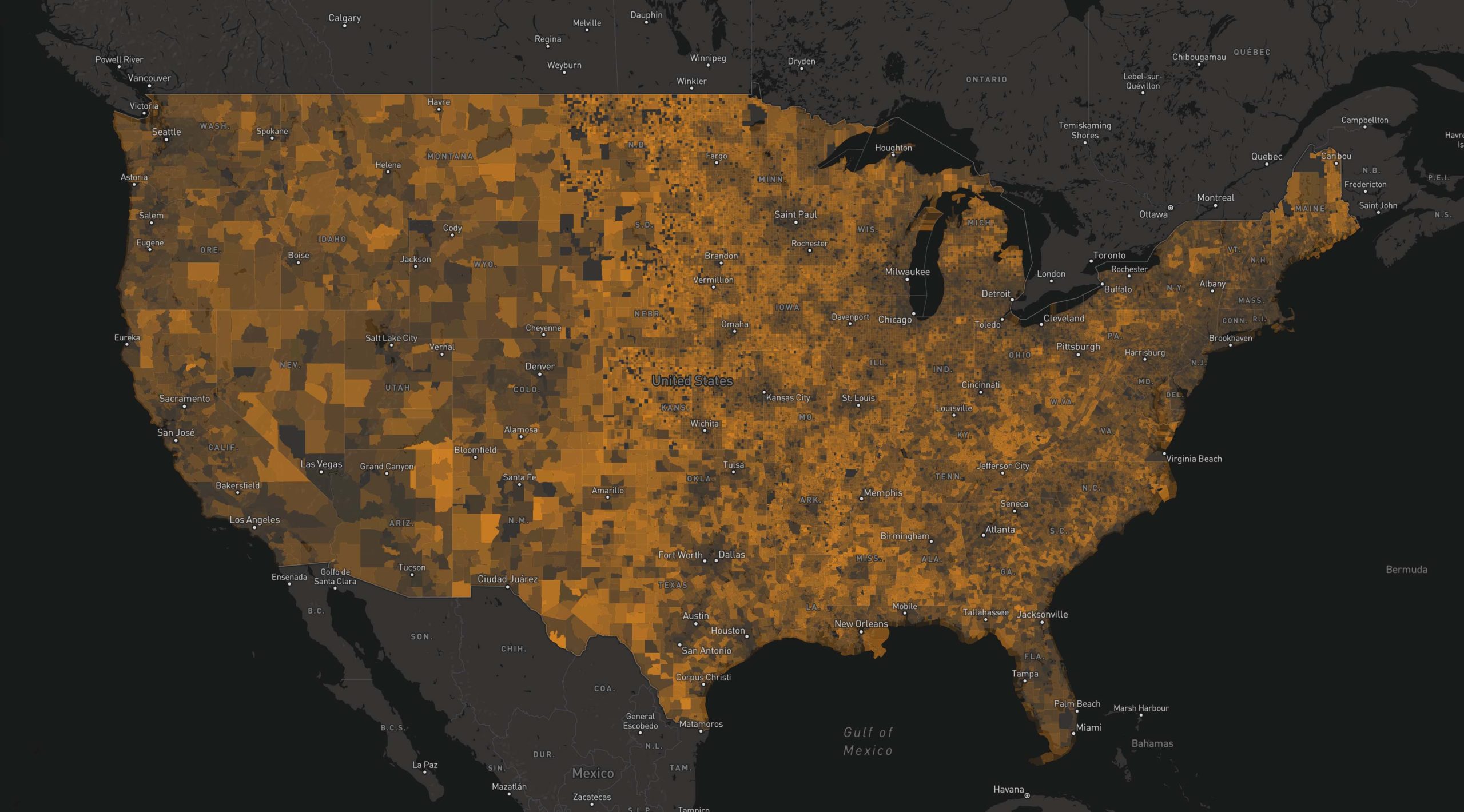
A rural capacity map
A new map helps identify communities where investments in staffing and expertise are needed to support infrastructure and climate resilience projects.
Featured tool:

2025 Tribal Emergency Management Summit
Headwaters’ helped organize the third annual Regional Tribal Emergency Management Summit held in Rapid City, SD. The event was twice as large as last year, with 14 tribes represented, emergency managers, and members of tribal councils gathered to work on solutions for flooding, wildfire, weatherizing homes, and more.
Recent Rural Economy Posts
-
How rural communities can ensure development projects deliver local benefits
Seventy percent of rural communities with high economic output are losing population, but rural leaders can use Community Benefit Agreements to ensure development leads to lasting local value. Read more
-
Extreme heat is not just an urban threat: The risk to rural communities
Extreme heat poses health risks to millions of rural Americans. Solutions need to be tailored to meet the unique characteristics of rural places. Read more
-
Montana Community Foundation leverages data to reach more rural and Tribal communities
Using resources such as the Rural Capacity Index, the Montana Community Foundation was able to direct more grant dollars to rural, disadvantaged communities. Read more
-
The Outdoor Recreation Economy by State
The outdoor recreation economy is large, growing faster than the overall economy, and consists of jobs in many industries. Explore data by state. Read more
-
Reinvesting in rural America
Reversing the legacy of rural disinvestment—and deliberately designing solutions for rural America—is a down payment on our shared future. Read more
-
Federal climate vulnerability maps overlook low-capacity communities
Federal maps designed to identify “at-risk and in-need” communities have failed to identify those at the lower end of the capacity spectrum. Read more
-
The American Community Survey in our data tools
Find the latest American Community Survey data in all of our tools, including the Economic Profile System and Neighborhoods at Risk. Read more
-
Montana Losing Open Space
From 2000 to 2021, the number of single-family homes in Montana grew by more than 42 percent, and the popularity of large lots converted 1 million acres of undeveloped land to housing. Read more
-
Conservation leaders have a role in building equitable communities
How we manage population centers is intertwined with our conservation of wild areas. The more we create equitable population centers in places people want to live, the more we can create durable, landscape-scale conservation outcomes outside of towns. Read more
-
The Amenity Trap: How high-amenity communities can avoid being loved to death
Amenity communities face unique challenges from waves of tourists and new residents. Proactive planning can help avoid being loved to death. Read more
